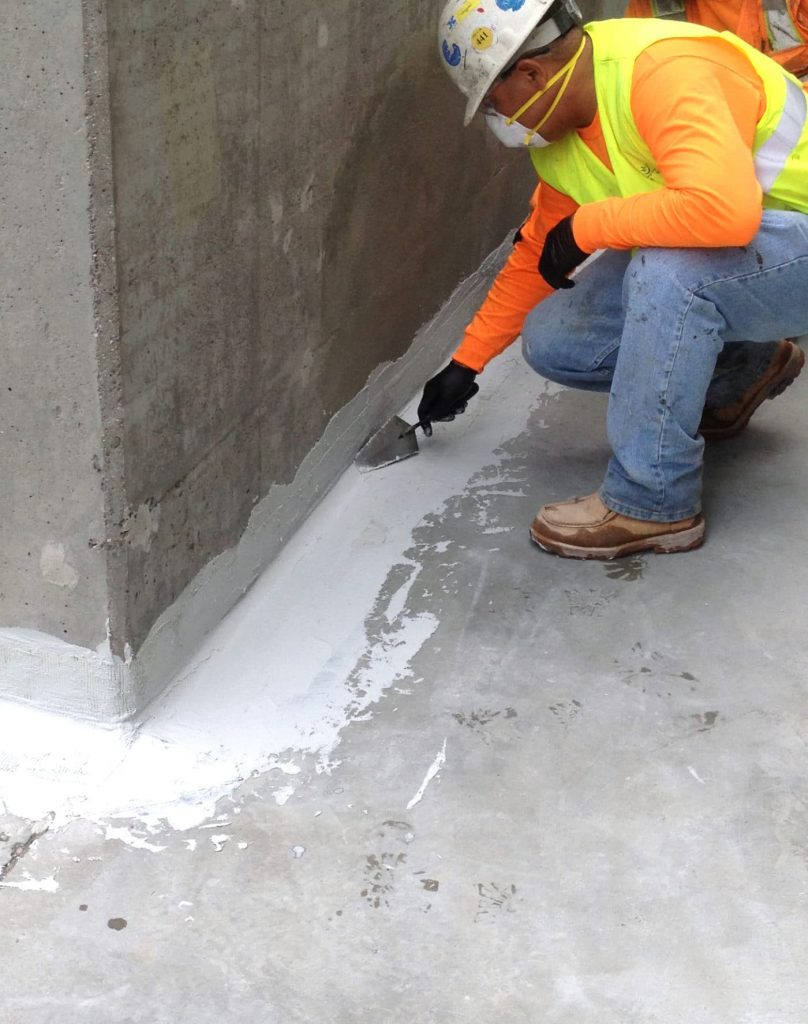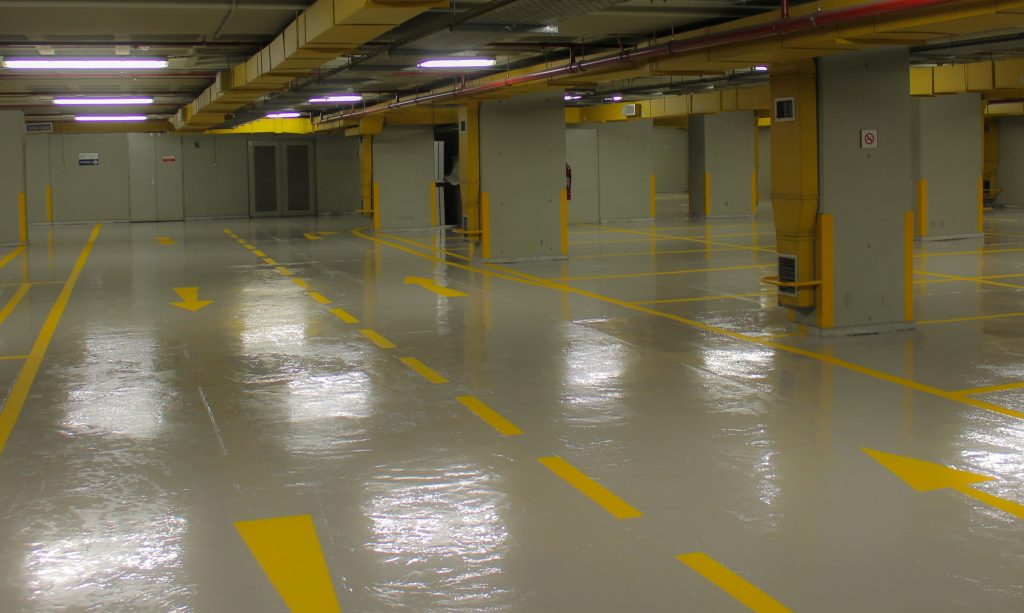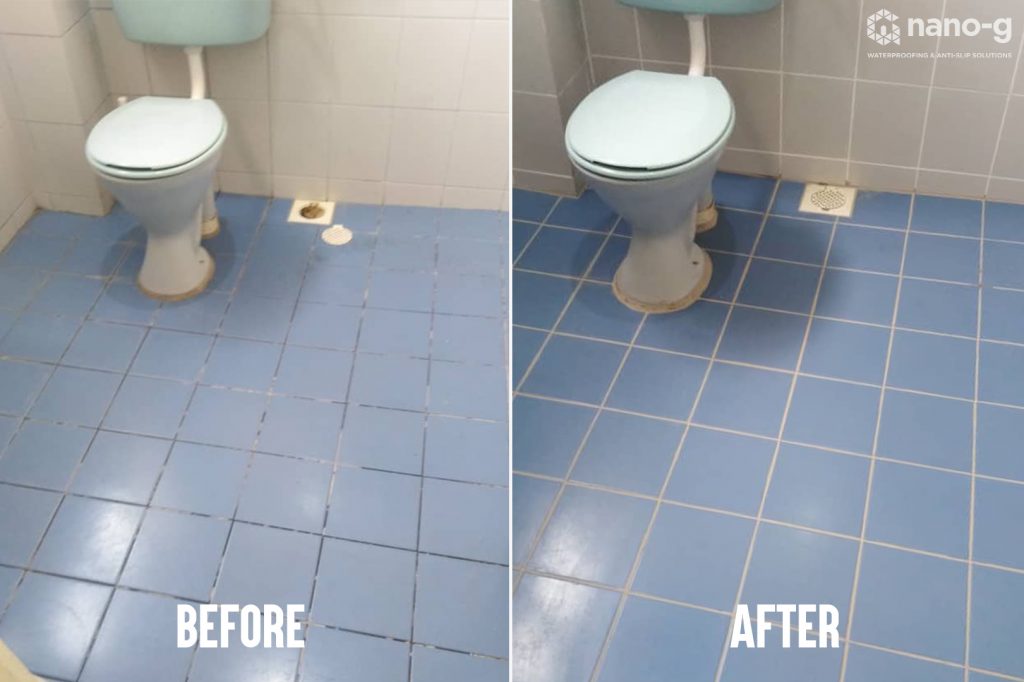Yellow stains, peeling paint, and leaking in walls or ceilings are symptoms of an underlying serious issue.


Yellow stains, peeling paint, and leaking in walls or ceilings are symptoms of an underlying serious issue.

Malaysian households and workplaces are prone to mouldy walls or ceilings, especially in landed homes, condominiums, and even shop lots, due to waterproofing failure.

In fact, you’re probably experiencing an ugly black or yellow stain on your ceiling right now that just won’t go away!
The reason behind these unsightly stains is likely due to a water leakage issue in your toilet or balcony cement slab. If you don’t resolve these leakages fast, the stain could become a health hazard!
Worry not, you can keep your leak from getting worse and solve your leaks by using these waterproofing solutions on your leak-prone areas.

Cement coatings are used at the side of buildings as a form of external waterproofing.
This cheap waterproofing method uses cement mixed with acrylic additives to make a solid waterproof material used in sides of buildings or cement flat roofs. This is to seal places most likely to pool water from rain. Your hired contractor will spread a layer of cement mixture over hairline cracks to fill them in and prevent them from spreading.
Unfortunately, cement is still cement. Aside from its long drying time, this mixture is not very flexible. Temperature fluctuations throughout the day is likely to cause cracks when the cement expands and contracts. This makes it highly unsuitable for our Malaysian weather. As our weather jumps from being hot and humid, to rainy at a moment’s notice. Overtime, your cement coating might crack, making the roof more susceptible to leakage.

Bituminous (also known as asphalt) coatings use the same material found on roads.
Asphalt, or more specifically, bituminous coatings, are a petroleum-based waterproofing method. As a flexible material, it can be applied like paint, or stuck on surfaces as an adhesive. With its rubbery consistency, this method is pressure resistant to damage. As such, bituminous waterproof coating is usually used on flat areas like flat roofs.
However, this waterproofing material is not suitable for places that have sun exposure as it gets hot easily. You will need an additional cement coating to prevent it from cracking. Some of Nano-G’s experienced contractors recommends against using this material indoors. This is because the material used emits a faint odor that is harmful if inhaled for long periods of time.
What if you want to try something that requires less mixing? A PU (Polyurethane) injection is another common way to fill up cracks found in the ceiling. Unfortunately, these techniques require drilling. Firstly, your contractor will treat the suspected leakage area by drilling a hole into the ceiling. Then, they will stick a motorized pump into the ceiling to fill in the hole with the expanding liquid.
In theory, this seems like your seal will reach a wide surface area but it’s not guaranteed to fill in every hairline crack.

PU injections take a week to dry off before your contractor comes back to remove these unsightly drips.
Okay, what about epoxy resin? This is remarked to be a very cheap method to cover all cracks in the floor, ceiling, or balcony. Your epoxy resin floor will also double as an anti-slip solution as well- but these benefits are only temporary.
Like the previous methods, you will have to be touch up and re-layer epoxy coatings over time. Not to mention, there will be a tedious pre-cleaning time and long waiting period until the floor is safe to be walked on again.

And do you really want your toilet, ceiling, or roof looking like a carpark?

Have your bathroom tiles look brand new again!
Instead of going through the trial and error of figuring out what’s the best method to waterproof your bathroom tiles, ceiling or roof, get an expert to inspect your stain or leaking issues!
Nano-G uses a non-hacking, non-toxic method that creates a thin layer of coating that goes into the smallest hairline crack on any surface. It is also suitable for both indoor and outdoor coating. Unlike the previous waterproofing methods, Nano-G’s nanotechnology waterproofing technology is dust-free and odor-free. You can still be at home as the product is being applied in your bathroom, balcony, or on your ceiling. What’s more, the waterproofing application only takes 24 hours to dry!
Facebook m.me/nanogmalaysia
WhatsApp nanog.wasap.my
Or give our hotline a call at 1800-18-6266